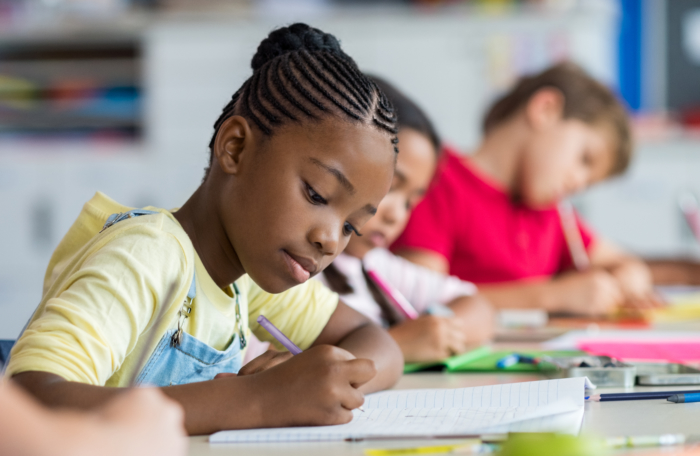When public schools face competition from school choice programs, their students do better
Academic and behavioral outcomes among traditional public school students improve as their schools face greater competition from school choice, an analysis of Florida’s tax credit scholarship program shows.
As New Hampshire’s Education Freedom Accounts program takes off this fall, this research from Florida’s much older scholarship program shows how the competition created by school choice benefits students who remain in traditional public schools, not just students who take the scholarships.
“We find evidence that as public schools are more exposed to private school choice, their students experience increasing benefits as the program scales up,” the authors write. “In particular, higher levels of private school choice exposure are associated with lower rates of suspensions and absences, and with higher standardized test scores in reading and in math.”
Specifically, “a doubling in the number of students participating in the voucher program increases test scores by 3 to 7 percent of a standard deviation and reduces behavioral problems by 6 to 9 percent” for students who remain in traditional public schools.
And the effects are strongest for lower-income students.
The authors found that “public school students who are most positively affected come from comparatively lower socioeconomic background….”
They found smaller, but statistically significant, gains for higher-income students “who are very unlikely to be targeted by vouchers themselves, suggesting that benefits may come partially through generalized school improvements rather than through improvements targeted solely at voucher-eligible students.”
The study, titled “Effects of Scaling Up Private School Choice Programs on Public School Students,” was conducted by professors David Figlio of Northwestern University, Cassandra Hart of the University of California at Davis, and Krzysztof Karbownik of Emory University.
Previous studies have shown similar benefits for traditional public school students from the creation of school choice programs, but those typically focused on the first few years of the choice program. The authors wanted to see whether those findings would hold as choice programs expanded over many years.
The authors examined student achievement in Florida for the first 16 years of the tax credit scholarship, which began in the 2002-03 school year. The Florida Tax Credit Scholarship Program “provides dollar-for-dollar tax credits to corporations that contribute to nonprofit Scholarship Funding Organizations.”
At the start of the program, students with a household income below 185 percent of the federal poverty line ($33,485 for a family of four) were eligible for up to $3,500 in scholarships. Now the scholarships are an average of $6,815 per student and families that earn up to 260 percent of the FPL ($68,900 for a family of four) are eligible.
Figlio, Hart, and Karbownik looked specifically at Florida-born students between grades 3 and 8 because of consistently available standardized test scores.
The authors summarized their results in an essay for Education Next, where they listed the following findings:
- “As the scholarship program scaled up, academic and behavioral outcomes improved for students attending traditional public schools.”
- “Students attending schools with more competitive pressure made larger gains as program enrollment grew statewide than did students at schools with less market competition.”
- As the number of students using scholarships increases, test scores for public school students increased in reading and math. The number of students being suspended declines and “the proportion of days that students were absent falls.”
- “Reading and math scores at schools in markets with more competitive pressure increase by about 14.5 percent of a standard deviation by 2014, as compared to schools facing less competition.”
- Schools that later faced greater competition from school choice programs started with lower outcomes than other public schools. The competition from school choice programs raised student outcomes in those schools, narrowing the achievement gap between the lower-performing and higher-performing schools.
- Positive impacts were greater for lower income students, but also affected more affluent students.
More students using scholarships to attend private schools would increase competition for public schools and result in higher academic and behavioral outcomes and positive behavioral outcomes for non-scholarship students, the authors conclude.
For more information on New Hampshire’s Tax Credit Scholarship and Education Freedom Account programs, visit Children’s Scholarship Fund New Hampshire, which administers the programs.
To read our study on the new Education Freedom Account program, go here.
Previous studies that have also found improved public school outcomes after the introduction of school choice programs can be found here, here, here, here, here, here, here, here, and here.


